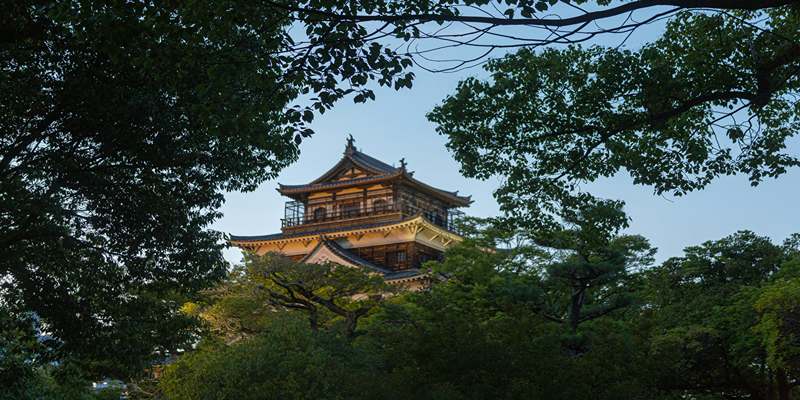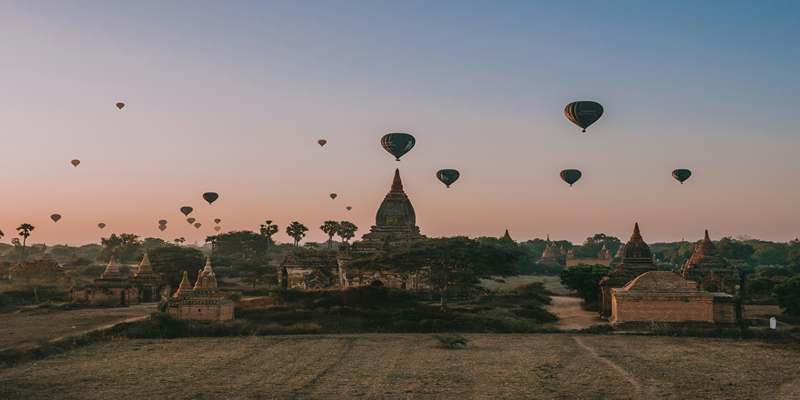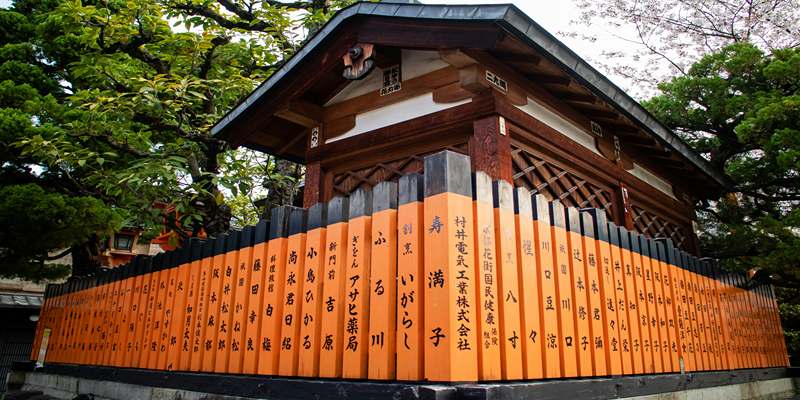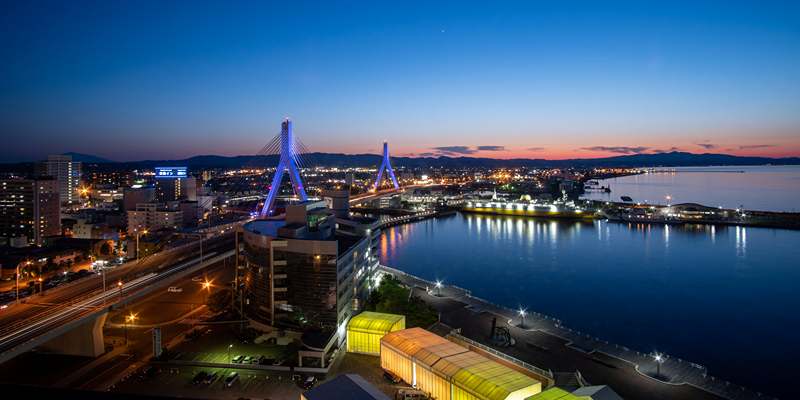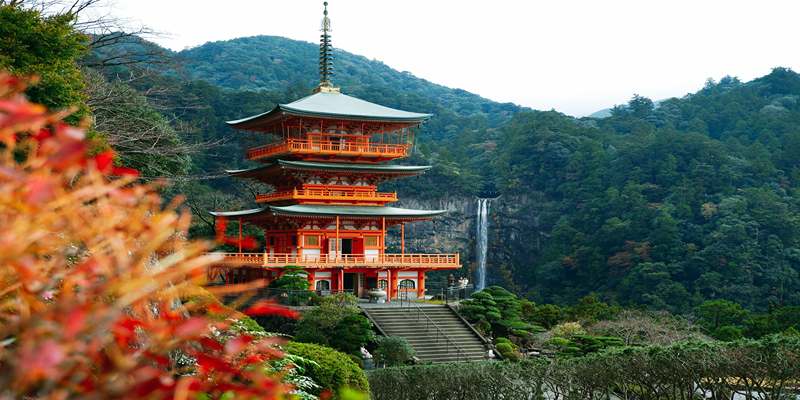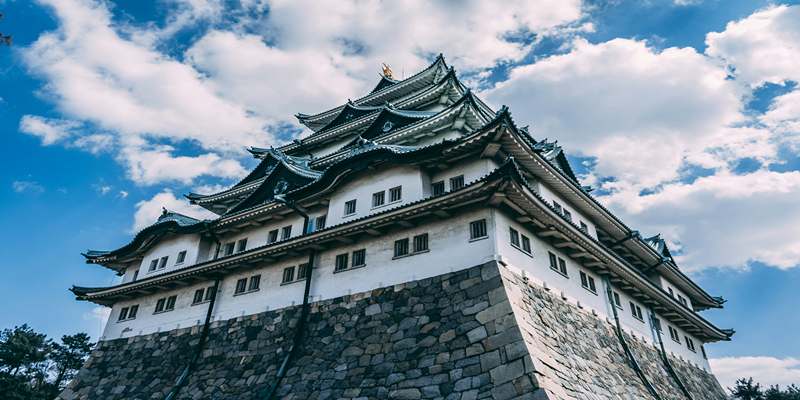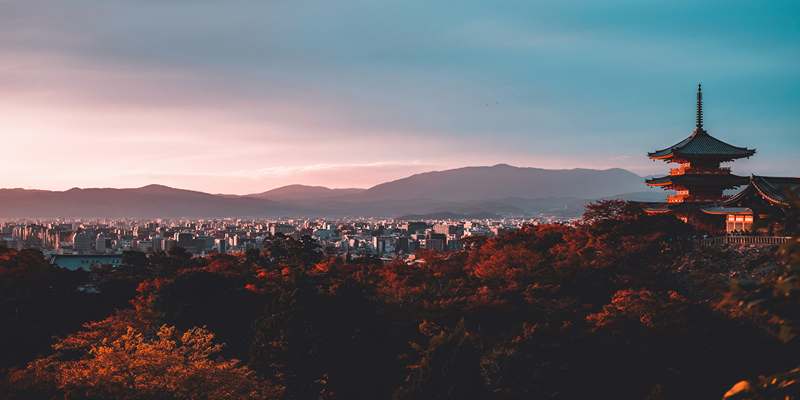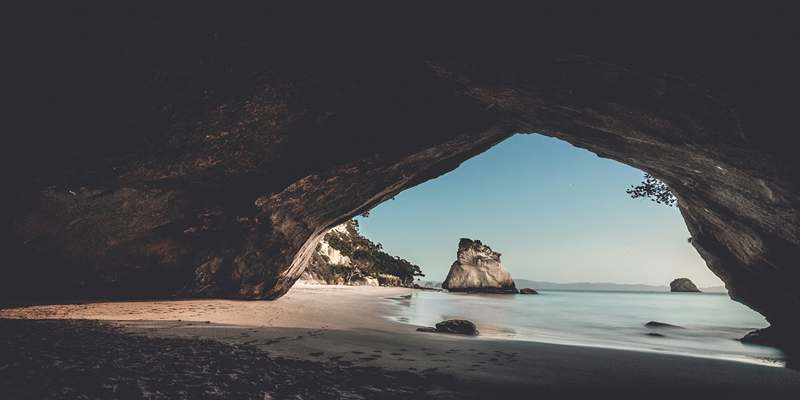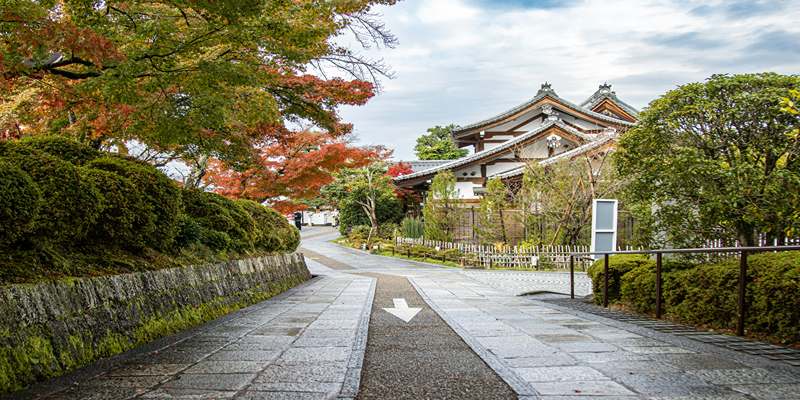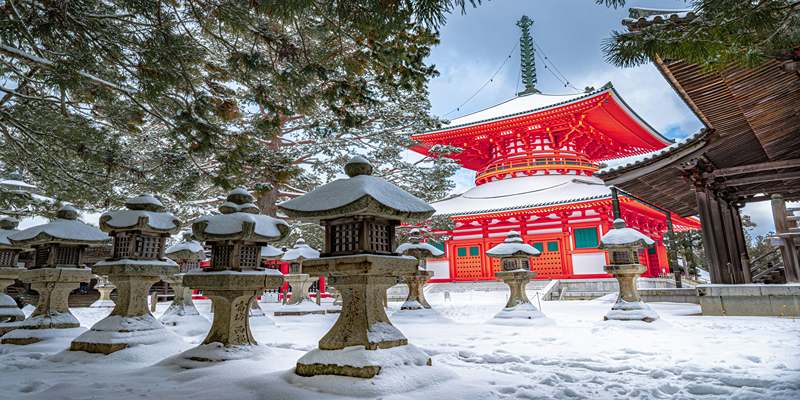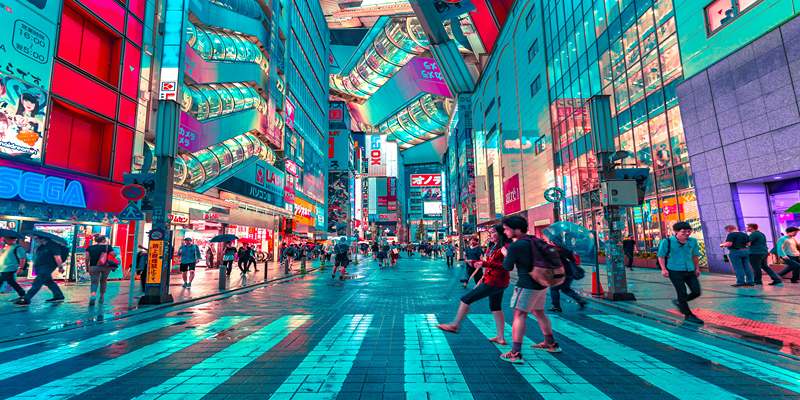A Kyoto day tour from Osaka is as important for a tourist who desires to feel the essence of Japan. Kyoto is a city of temples, beautiful bamboo groves, and diverse food culture, and all this can be seen and tasted in one day. The distance between Osaka and Kyoto is covered by various means of transport like train, bus, and car, and all are affordable. This self-guided Kyoto trip plan will enable you to visit the most iconic places, such as Fushimi Inari, Kiyomizu-dera, and Arashiyama. However, one can avoid this feeling of rushing around if one plans well when visiting the sites in Kyoto. Here is the ideal route for those who want to get the most out of their stay in the region, regardless of whether they are first-timers or frequent travelers.
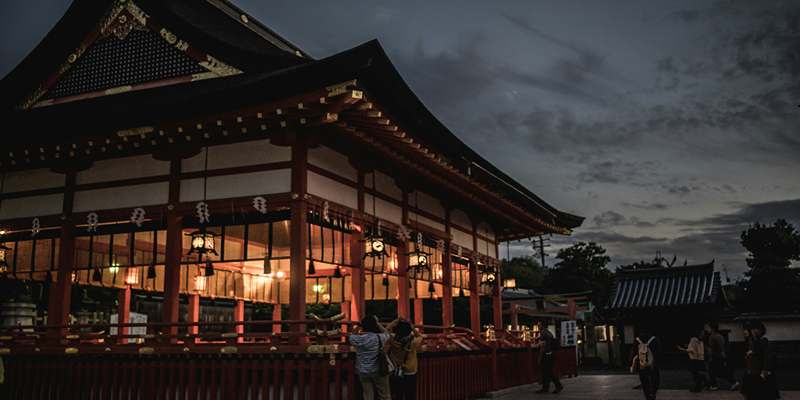
How to Travel from Osaka to Kyoto
Best Transportation Options
To get from Osaka to Kyoto, there are several types of transportation available, making it rather easy to get to the destination. The fastest is the Shinkansen, or bullet train, which takes about 15 minutes, and it is rather costly and starts from Shin-Osaka Station. The JR special rapid service is relatively affordable and takes about 30 minutes. It is possible to use local trains, which are Hankyu Railways and Keihan Railways, to connect with different parts of Kyoto at an affordable price. For the buses, highway buses will take an hour, and they are relatively cheaper than minibuses. Driving is another way, but there are always problems with traffic, and it is difficult to find a place to park. The choice of transport depends on the amount of money available, the time to be used, and the preferred mode of transport.
Cost and Travel Time Comparison
The Shinkansen charges ¥1,420 for a non-reserved seat, while the JR Special Rapid Service costs ¥570. Hankyu and Keihan Railways cost a relatively cheap price under ¥500; however, they may require more time. Buses are slightly cheaper, starting from ¥500 to ¥800, but they are slower since they are affected by traffic. If your travel plan is on a tight budget, then the JR or the Hankyu train is most suitable, for it is cheap and fast. However, if time is of the essence, then taking the Shinkansen can be advisable. There are also rail passes, including the JR West Kansai Pass, which travelers should consider when trying to save some amount of money.
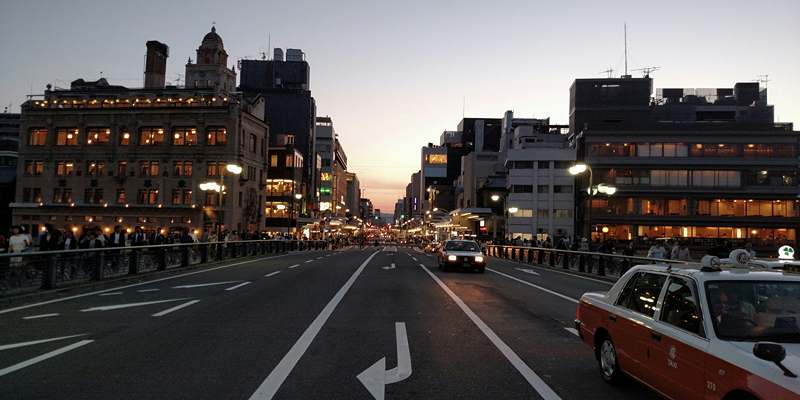
Morning Itinerary: Exploring Kyoto’s Cultural Landmarks
Fushimi Inari Taisha – Iconic Torii Gates
Your Kyoto day tour begins with Fushimi Inari Taisha, which is one of the most renowned shrines in Japan. Famous for the thousands of red torii gates, it has become a haven for photographers and can easily take hours to visit. Going early, before 9 AM, is beneficial because there are few people around, thus avoiding the rush. The main shrine of Inari is situated in Kyoto, and it is only five minutes on the JR train from the Kyoto Station. It is a 1-2 hour walk through the torii gates if one wishes to have a simple trek to the site. Wear comfortable shoes as the trail you are going to walk is quite steep. It is an open air, so there is no entrance fee, which is preferable for the economical tourists.
Kiyomizu-dera – Kyoto’s Famous Temple
From Kyoto Station, take bus #100 or #206, then walk 10 minutes uphill. Entry costs ¥400, and the best time to visit is in the morning to avoid crowds. The temple’s Otowa Waterfall is said to grant wishes, making it a popular attraction. The surrounding streets, like Sannenzaka and Ninenzaka, are great for souvenir shopping and traditional snacks like matcha sweets and yatsuhashi (cinnamon rice crackers).
Afternoon Itinerary: Scenic Kyoto Attractions
Arashiyama Bamboo Forest and Togetsukyo Bridge
In the afternoon, head to Arashiyama, one of Kyoto’s most scenic districts. The Arashiyama Bamboo Forest is a serene destination with towering green stalks that create an otherworldly atmosphere. Walking through the bamboo groves is free, making it a must-see for budget itinerary travelers. The nearby Togetsukyo Bridge offers stunning river views, especially in autumn. Arashiyama is accessible via JR Sagano Line to Saga-Arashiyama Station or Hankyu Railway to Arashiyama Station. Renting a bicycle is a great way to explore the area, including Tenryu-ji Temple and the Monkey Park Iwatayama, where you can see wild monkeys and enjoy city views.
Golden Pavilion (Kinkaku-ji) – Kyoto’s Stunning Temple
Next, visit Kinkaku-ji, the famous Golden Pavilion, known for its shimmering gold exterior and beautiful garden. It is one of the most photographed places in Japan. Entry costs ¥400, and it is open from 9 AM to 5 PM. The temple is best visited in the afternoon when the sunlight enhances its golden glow. While you cannot enter the temple itself, the scenic walking path around the pond offers spectacular views. Getting to Kinkaku-ji from Arashiyama requires taking a bus or a combination of trains and taxis. Be sure to bring a camera, as this is one of Kyoto’s most picturesque spots.
Evening Itinerary: Food and Life in Kyoto
Nishiki Market – Kyoto’s Foodie Destination
Before ending your Kyoto day tour, stop by Nishiki Market, Kyoto’s famous food street. Located near Shijo Station, this lively market offers a variety of local delicacies, from fresh seafood to wagashi (traditional sweets). It’s a great place to try street food on a budget. Popular treats include grilled squid, matcha ice cream, and tamagoyaki (Japanese omelet). Many vendors offer free samples, making it an excellent spot for food lovers. The market is open from morning until early evening, so visiting around 5–6 PM ensures you get to taste Kyoto’s best flavors before stalls close.
Gion District – Traditional Culture and Historic Streets
End your day in Gion, Kyoto’s historic district. Walking along Hanamikoji Street, you may spot a maiko heading to an evening performance. The area is filled with traditional wooden machiya houses, adding to its old-world charm. While high-end tea houses require reservations, the streets themselves offer a glimpse into Kyoto’s past. Yasaka Shrine, located nearby, is beautifully illuminated at night. If you want an immersive experience, consider a cultural performance at Gion Corner, where you can see tea ceremonies, traditional dance, and music in a single showcase.
Conclusion
A Kyoto day tour from Osaka is one of the best ways to experience Japan’s cultural and historical treasures. By following this DIY Kyoto itinerary, you can visit famous temples, scenic landscapes, and vibrant food markets all in one day. Whether you prioritize budget-friendly travel or iconic sightseeing, Kyoto offers something for every traveler. From Fushimi Inari’s torii gates to Arashiyama’s bamboo groves, each stop adds to a memorable journey. With efficient planning, you can explore Kyoto’s top attractions seamlessly and return to Osaka after an unforgettable adventure.

